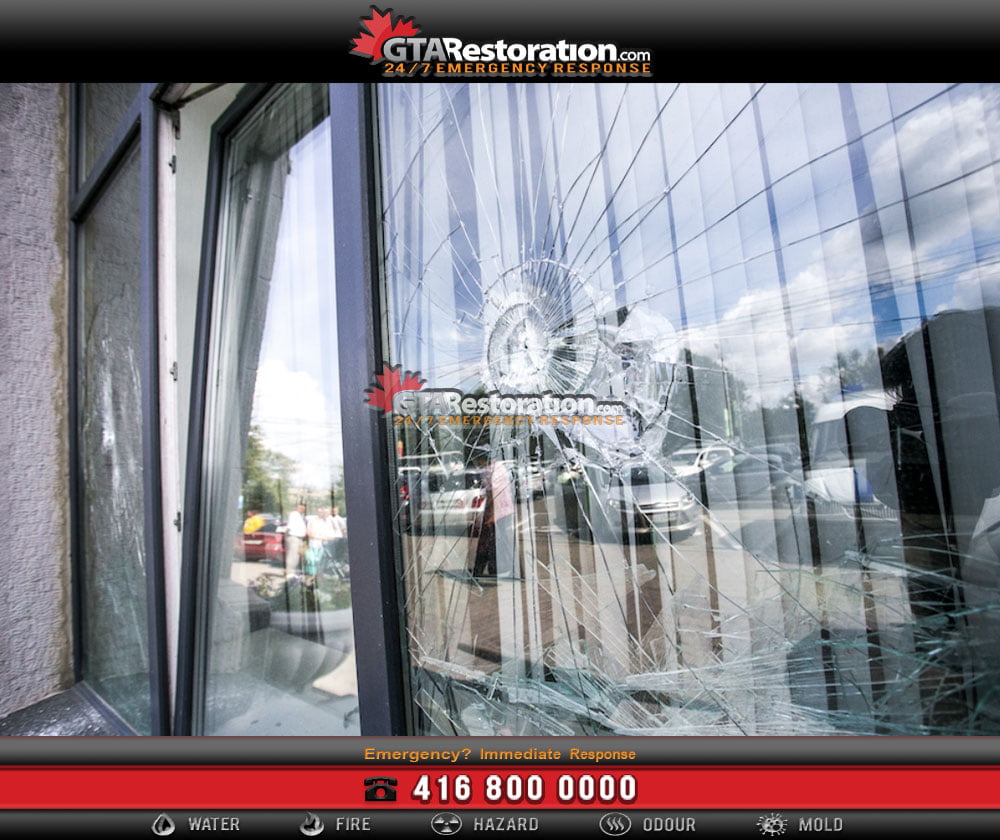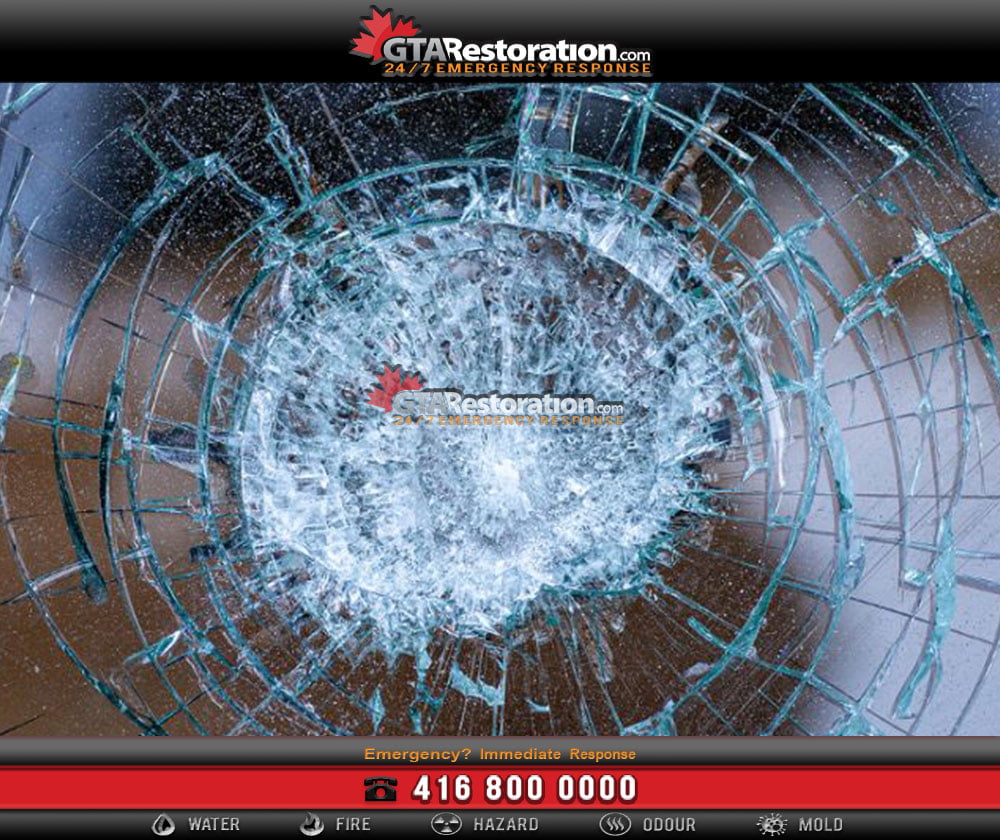
Vandalism Damage Remediation Cleanup
Understanding Vandalism & Effective Remediation Cleanup Strategies
Introduction to Vandalism
Vandalism is a multifaceted issue that encompasses a broad range of destructive behaviors aimed at damaging or defacing property. At its core, vandalism involves the intentional infliction of damage to public or private property without the permission of the owner. This can manifest in numerous forms, including graffiti, broken windows, defaced public monuments, and other acts of property damage. Each form of vandalism not only tarnishes the aesthetic appeal of the affected area but also imposes significant financial burdens on property owners and municipalities for repairs and cleanup efforts.
Graffiti, one of the most common forms of vandalism, often involves the unauthorized application of paint, markers, or other substances to surfaces such as walls, bridges, and public transportation vehicles. While some may view certain graffiti as a form of artistic expression, it is frequently conducted without consent and can degrade the visual environment of urban spaces. Property damage, another prevalent form, includes acts such as smashing windows, breaking fixtures, or defacing buildings. These acts of vandalism are often committed in public places, schools, and residential areas, leading to an increase in maintenance costs and a decrease in property values.
The prevalence of vandalism varies across different settings, with urban areas, schools, and public properties being particularly susceptible. According to recent statistical data, urban regions experience a higher incidence of vandalism compared to rural areas, largely due to higher population density and greater anonymity. Schools are often targeted for vandalism, with incidents ranging from graffiti on walls to the destruction of school property. Public properties, including parks, statues, and transportation systems, also face significant challenges in mitigating and addressing vandalism.
Data from law enforcement agencies and municipal reports highlight the widespread nature of vandalism. For instance, a survey conducted by the National Institute of Justice revealed that over 50% of public schools reported at least one incident of vandalism in a given year. Similarly, urban municipalities spend millions annually on graffiti removal and property repairs. These statistics underscore the pervasive and costly impact of vandalism on communities, emphasizing the need for effective strategies to prevent and remediate these malicious acts.
The Impact of Vandalism on Communities
Vandalism, often dismissed as mere mischief, carries significant repercussions for communities. Socially, it fosters an environment of fear and anxiety among residents. The presence of graffiti, broken windows, and defaced public property can make individuals feel unsafe and increase the perception of disorder. This phenomenon, known as the “broken windows theory,” suggests that visible signs of neglect and vandalism can lead to an escalation in crime and antisocial behavior. Consequently, community cohesion suffers as residents may withdraw from communal activities and public spaces.
Economically, vandalism imposes substantial costs. Property values often depreciate in areas plagued by frequent acts of vandalism. Potential buyers and investors are deterred by the visible neglect, leading to reduced demand and lower property prices. Moreover, local businesses might experience a decline in customers, contributing to economic stagnation. The financial burden of repairing damages falls on both private property owners and public institutions, diverting funds from other essential services. For instance, municipalities may need to allocate more resources to repair public infrastructure, clean graffiti, and enhance security measures, leading to higher taxes or reduced services in other areas.
Psychologically, the impact of vandalism extends beyond immediate financial costs. Residents in vandalized communities often experience heightened stress and a diminished sense of well-being. The constant sight of defacement and destruction can erode community pride and contribute to a sense of helplessness. This psychological toll can be particularly severe for vulnerable populations, including children and the elderly, who may feel especially threatened by the visible signs of disorder.
Real-world examples underscore these effects. For instance, in New York City during the 1970s and 1980s, widespread graffiti and vandalism were linked to increased crime rates and a general sense of urban decay. Similarly, case studies from various urban centers worldwide reveal a consistent pattern: vandalism not only degrades physical spaces but also undermines the social and economic fabric of communities.
Legal Consequences and Deterrents
Vandalism, an act of willful damage to property, carries significant legal consequences that vary based on the severity and context of the offense. Individuals found guilty of vandalism can face a range of penalties, including fines, community service, and imprisonment. The monetary fines imposed can vary widely, often depending on the extent of the damage caused. In some jurisdictions, minor acts of vandalism may result in fines of several hundred dollars, whereas more severe cases involving extensive destruction can lead to fines amounting to thousands of dollars.
Community service is another commonly mandated penalty for vandalism. Offenders may be required to perform a set number of hours of unpaid work, which often involves cleaning up public spaces or repairing the damage they caused. This not only serves as a punishment but also as a means of restitution to the community. In more serious cases, particularly those involving repeated offenses or significant property damage, imprisonment may be imposed. Sentences can range from a few days to several years, depending on the gravity of the offense and the legal framework of the jurisdiction.
Deterring vandalism is a multifaceted approach that involves technological, communal, and educational measures. Surveillance systems, such as CCTV cameras, have proven effective in both deterring potential vandals and aiding in their identification and prosecution. Statistics have shown a reduction in vandalism incidents in areas with visible surveillance, as the risk of being caught acts as a strong deterrent.
Community policing is another effective strategy. Increased police presence and community patrols can discourage vandalism by increasing the likelihood of apprehension. Additionally, fostering a strong sense of community vigilance where residents are encouraged to report suspicious activities can further mitigate vandalism occurrences.
Educational programs aimed at raising awareness about the consequences of vandalism and promoting respect for public and private property also play a crucial role. Schools, community centers, and youth organizations often spearhead these initiatives, targeting younger individuals who are statistically more likely to engage in such activities. Studies have indicated that educational interventions can significantly reduce vandalism rates by addressing the root causes and promoting positive behavior changes.
Initial Assessment and Documentation of Damage
Before the remediation of vandalism can commence, conducting a meticulous assessment of the damage is paramount. This step not only sets the stage for effective cleanup but also ensures that all damages are comprehensively documented for potential legal and insurance purposes. The initial assessment involves several critical steps, starting with a thorough visual inspection of the affected area.
Photographing the damage is an essential part of the documentation process. High-resolution images should be taken from multiple angles to capture the full extent of the vandalism. These photographs serve as crucial evidence when reporting the incident to authorities or filing an insurance claim. It is advisable to timestamp the images to provide a clear chronological context, which can be invaluable during investigations.
Estimating the repair costs is another significant aspect of the initial assessment. This involves evaluating the extent of the damage and calculating the expenses required for restoration. Engaging professionals, such as contractors or remediation experts, can provide a more accurate estimate, ensuring that no aspect of the damage is overlooked. Detailed cost estimates help in creating a realistic budget for the cleanup and repair process.
Reporting the incident to the relevant authorities is a critical step. This may include local law enforcement agencies, which can initiate an investigation and potentially identify the perpetrators. Additionally, notifying the insurance company promptly is crucial for initiating the claims process. Providing a detailed account of the damage, supported by photographic evidence and cost estimates, will facilitate a smoother and more efficient claims procedure.
Creating a comprehensive damage report is the culmination of the initial assessment. This report should include a detailed description of the vandalism, supported by photographs and estimated repair costs. Additionally, it should document any interactions with authorities or insurance representatives. A well-prepared damage report not only aids in the remediation process but also ensures that all necessary information is available for any subsequent legal or insurance-related proceedings.
Cleaning and Repair Techniques for Different Types of Vandalism

Vandalism & Effective Remediation Cleanup
Effective remediation of vandalism requires a tailored approach based on the specific type of damage incurred. Graffiti, broken windows, and other forms of property damage each present unique challenges that necessitate specialized cleaning and repair techniques.
Graffiti removal often involves the use of solvents or pressure washing techniques. The type of surface material—whether brick, metal, or glass—will determine the most appropriate cleaning method. Solvents like graffiti removers are effective for non-porous surfaces, whereas pressure washing is more suitable for porous materials. It is crucial to use eco-friendly solutions to minimize environmental impact while ensuring complete removal of the graffiti.
Repairing broken windows involves several steps, starting with the safe removal of shattered glass. Safety gear, including gloves and goggles, is essential to protect against injury. Once the broken glass is cleared, measurements must be taken for the new pane. The new glass should be carefully installed using appropriate sealants to ensure a secure fit and to restore the window’s integrity. Temporary boarding up may be necessary to secure the property until permanent repairs are completed.
Other forms of vandalism, such as defacement or structural damage, require a combination of cleaning, repair, and sometimes repainting. For instance, wooden surfaces marred by scratches or carvings can be sanded down and refinished. Metal surfaces might need rust inhibitors before repainting, while concrete surfaces may require patching compounds to repair chips or holes.
Materials and tools essential for these remediation tasks include cleaning agents, solvents, pressure washers, safety equipment, replacement glass, sealants, sandpaper, paint, and patching compounds. Employing best practices, such as using the right materials for specific surfaces and ensuring safety protocols, is vital to achieving thorough and lasting repairs.
In conclusion, understanding the nuances of different vandalism types and employing the correct remediation techniques not only restores property aesthetics but also reinforces its structural integrity and value.
Health and Safety Considerations During Cleanup
The remediation of vandalism, while essential for restoring the affected area, can present numerous health and safety risks. It is crucial to take appropriate precautions to ensure the safety of cleanup crews and the general public. One of the primary measures is the use of personal protective equipment (PPE). Depending on the nature of the vandalism, PPE may include gloves, masks, goggles, and protective clothing to shield workers from harmful substances and physical hazards. Proper PPE not only minimizes the risk of exposure to toxic materials but also protects against injuries from sharp objects or debris.
Another critical aspect is the safe handling of hazardous materials. Cleanup operations might involve the removal of substances such as paint, solvents, or biological waste, which can pose significant health risks if not managed correctly. Workers must be trained in the correct procedures for handling and disposing of these materials to prevent contamination and exposure. This includes understanding the appropriate usage of containment and disposal methods, as well as recognizing the signs of hazardous substance exposure.
Adhering to established safety protocols is paramount in preventing accidents and injuries during vandalism cleanup. It is essential to conduct a thorough risk assessment before beginning any cleanup activities. Identifying potential hazards and implementing control measures can significantly reduce the likelihood of incidents. Additionally, regular safety briefings and training sessions for the cleanup crew can reinforce the importance of maintaining vigilance and following safety guidelines.
Furthermore, clear communication and signage can help protect the general public from inadvertently entering hazardous areas. Establishing barriers and posting warning signs around the cleanup site can prevent unauthorized access and reduce the risk of injury to bystanders.
Ultimately, prioritizing health and safety considerations during the remediation of vandalism ensures that cleanup efforts are conducted efficiently and safely, safeguarding both the workers involved and the surrounding community.
Community Involvement in Vandalism Prevention and Cleanup
Engaging the community is a cornerstone in both preventing vandalism and maintaining public spaces. Active participation from residents not only deters potential vandals but also fosters a sense of ownership and responsibility towards communal areas. A multitude of successful community-led initiatives illustrate the positive impact of collective action in safeguarding neighborhoods.
One such initiative is the formation of neighborhood watch groups. These groups consist of residents who volunteer to monitor their surroundings and report any suspicious activities to local authorities. By maintaining a visible presence, neighborhood watch programs act as a deterrent to vandals, reducing the likelihood of damage to public and private properties.
Another effective strategy is the organization of community cleanup events. These events bring residents together to restore and beautify vandalized areas. Coordinated by local councils or community organizations, cleanup drives not only address the immediate damage but also promote camaraderie and a shared sense of duty among participants. The collective effort in cleaning and maintaining public spaces often discourages further vandalism, as a well-kept area is less likely to be targeted.
Educational campaigns are also instrumental in vandalism prevention. Schools and community centers can host workshops and seminars to educate young people about the consequences of vandalism. By fostering an understanding of the social and legal repercussions, these programs aim to reshape attitudes and reduce the incidence of destructive behavior.
Moreover, fostering a sense of pride and ownership is crucial. Community art projects, such as murals and public art installations, empower residents to contribute positively to their environment. When individuals have a personal stake in the appearance and condition of their neighborhood, they are more likely to protect it from harm.
In conclusion, community involvement plays a vital role in both preventing vandalism and ensuring the upkeep of public spaces. Through neighborhood watch groups, cleanup events, educational campaigns, and public art projects, residents can collectively create a safer and more attractive environment. These strategies not only mitigate the effects of vandalism but also reinforce a sense of unity and responsibility, ultimately leading to more resilient and vibrant communities.
Long-term Strategies for Vandalism Prevention
Preventing vandalism requires a multifaceted approach that goes beyond immediate cleanup and enforcement. Long-term strategies for vandalism prevention can significantly reduce the occurrence of such acts, fostering safer and more appealing urban environments. An effective measure is the implementation of thoughtful urban design principles. These principles include the strategic placement of public spaces and amenities, which can deter vandalism by promoting natural surveillance, ensuring that areas are well-used and well-observed.
Increased lighting is another crucial component in the battle against vandalism. Well-lit areas discourage potential vandals by reducing opportunities for covert activities. Incorporating ample and consistent lighting in public places, especially in parks, streets, and alleys, can create a sense of security and deter criminal behavior.
Public art and beautification projects play a significant role in vandalism prevention. Murals, sculptures, and other forms of public art can transform neglected spaces, fostering community pride and ownership. When residents feel connected to their environment, they are more likely to protect and maintain it. Beautification efforts, such as community gardens and clean-up initiatives, also contribute to a sense of communal responsibility and deter vandalism.
Ongoing education and community engagement are vital in sustaining these preventive efforts. Educational programs in schools and community centers can raise awareness about the impacts of vandalism and promote respect for public spaces. Engaging community members through workshops, town hall meetings, and neighborhood watch programs can empower residents to take an active role in preventing vandalism.
Several cities have successfully reduced vandalism through these comprehensive strategies. For example, New York City’s “Broken Windows” policing strategy emphasizes the importance of maintaining urban environments to prevent minor crimes and, by extension, more serious offenses. Similarly, Philadelphia has seen success with its Mural Arts Program, which has transformed blighted areas into vibrant, art-filled spaces, significantly reducing graffiti and vandalism.
By integrating these long-term strategies, communities can create resilient environments that discourage vandalism and promote a greater sense of safety and well-being.
Vandalism Cleanup Emergency?
Call Today!
1-800-506-6048










